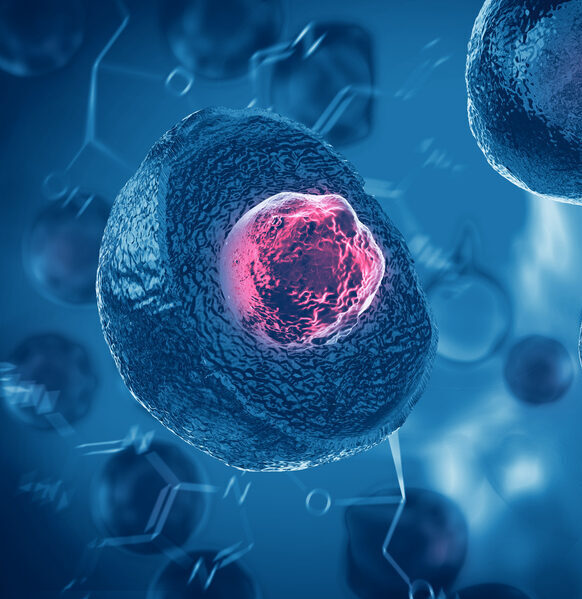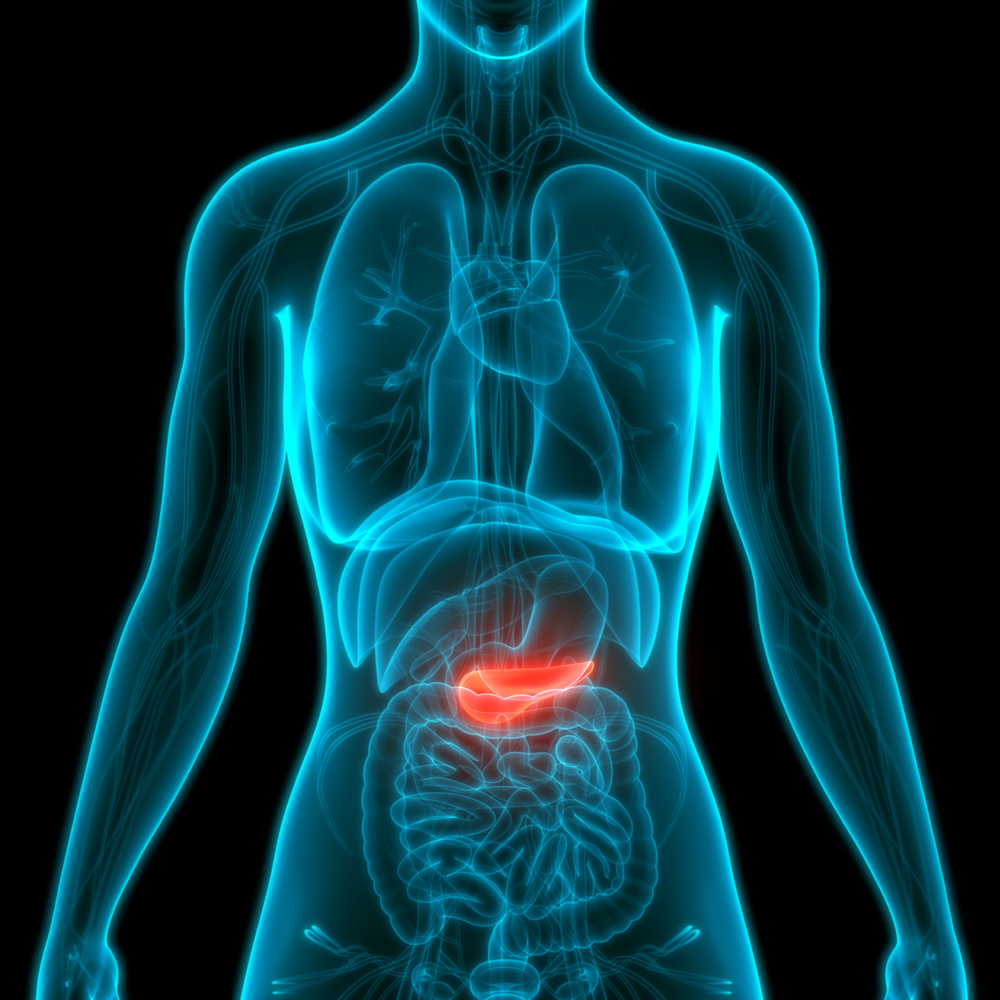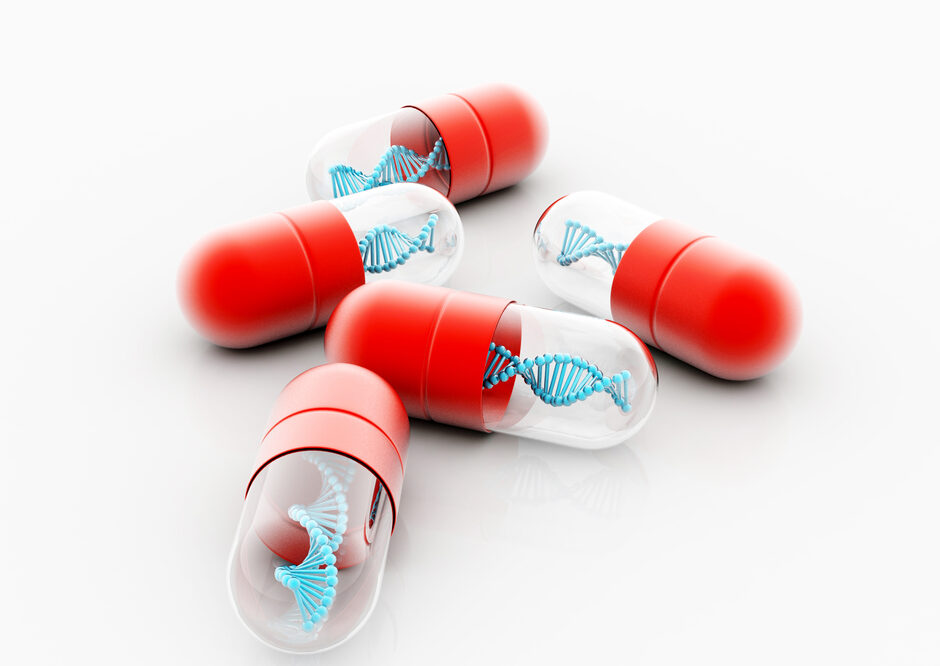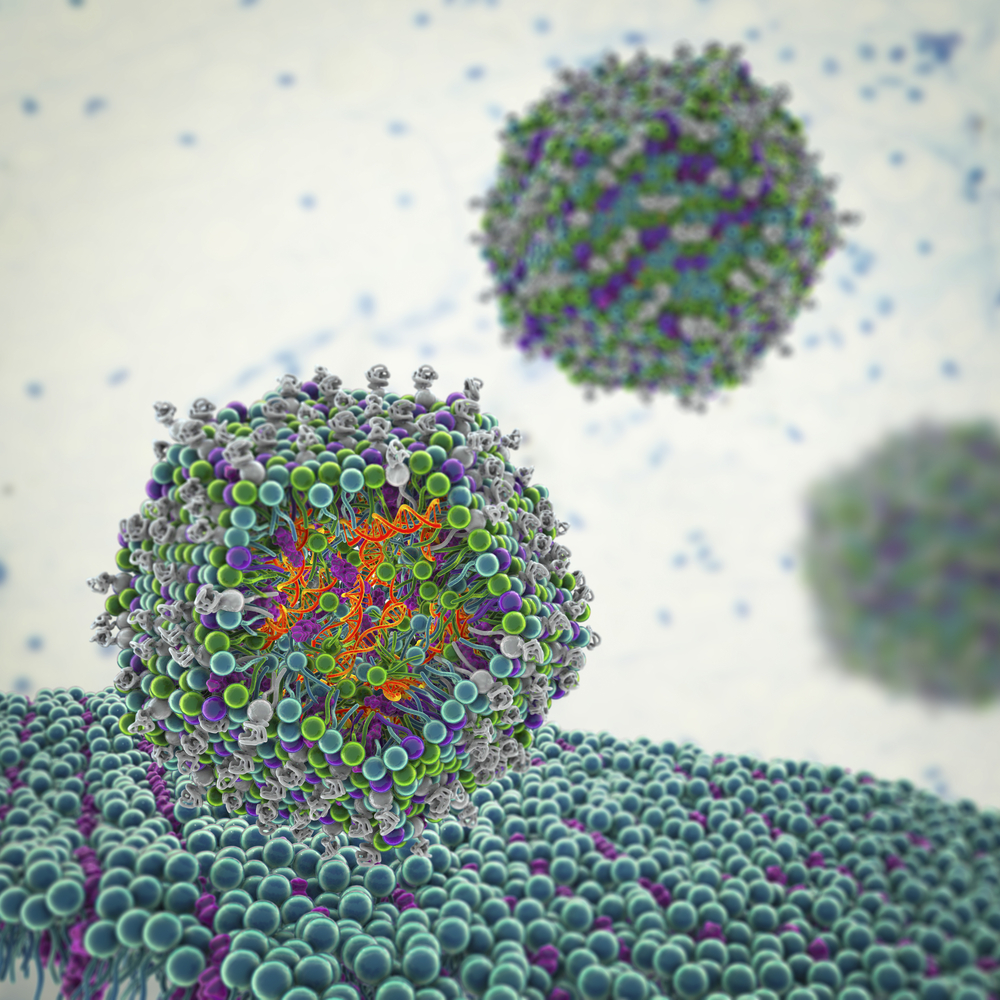Silexion Therapeutics combines cutting-edge science, advanced technologies, and a passion for innovation to address the significant unmet medical needs in pancreatic cancer treatment.
Focused Pipeline to Address KRAS-driven Solid Tumor Localized Cancers

Solid Tumors
Solid tumors appear in a high percentage of human cancers.
The tumor environment differs dramatically from normal tissues in the body.
These tumors have high cell density and dense extracellular matrix which generally limits the transport of drugs into the tumor, making it extremely difficult to treat.

Why are Solid Tumors difficult to treat?
- High levels of collagen and hyaluronan are a major contributor to diffusive hindrance in solid tumors.
- Biological effects including binding of drugs to cells and degradation of the drug molecules reduce the amount of drug reaching and affecting the cells in the entire tumor volume.
- Rapid proliferating cancer cells compress lymphatic vessels and reduce lymphatic drainage.

What are the current strategies to penetrate the tumor?
Most of the drug-delivery strategies to reach tumors rely on systemic methods, aiming to solve penetration and distribution of molecules from the peripheral vasculature into the tumor core.
Transport of large molecules, such as siRNA and proteins, is extremely slow, ineffective, and highly dependent on conditions that affect convection.
Altogether, such abnormal physiological conditions in solid tumors present a strong barrier for effective nanoparticle based and systemic drug delivery strategies to treat solid tumors.

Silexion solution for drug delivery to the tumor
We have developed SIL-204, siRNA embedded in a PLG microparticle delivery system that aims to further improve the distribution of drugs in the tumor by incorporating our proprietary technology with the microparticle platform.
This technology platform aims to solve the drug delivery challenges by combining a local and prolonged delivery of the drug within the tumor core, utilizing our novel siRNA drug.
Silexion microparticle siRNA platform enables harnessing of the advantages of siRNA technology to a therapeutic modality for solid tumors such as localized pancreatic cancer.
Silexion microparticle siRNA platform enables harnessing of the advantages of siRNA technology to a therapeutic modality for pancreatic cancer.
KRAS

What is KRAS?
KRAS is a critical protein for cell normal functions.
KRAS is a GTPase that acts as a switchboard hub collecting the signals from different growth receptors in the cells such as EGF.
It normally switches on and off, but when mutated it stays on.
In a normal cell, most of the RAS molecules are present in an inactive GDP-bound conformation.

Why KRAS?
RAS proteins influence proliferation, differentiation, transformation, and apoptosis by relaying mitogenic and growth signals into the cytoplasm and the nucleus.
In pancreatic ductal adenocarcinoma, the cancer cells are addicted to the expression of the mutated KRAS. KRAS mutations were shown to be an early event in the development of pancreatic cancer.

Why Pancreatic Cancer?
Genetic alterations in the KRAS signalling pathway are involved in over 90% of pancreatic cancer cases.
The most common KRAS mutation of the human pancreas adenocarcinoma is a gain-of-function substitution mutation of codon 12 (G12D and G12V about 75%).
However, after 30 years of intensive research, none of the efforts to target KRAS have matured to become a drug.
What is RNAi (RNA Interference) and siRNA?
RNAi is a naturally occurring regulatory process in the body.
siRNAs are a specific class of RNAi that targets the messenger RNAs before their translation to oncogene proteins.
It is an essential regulatory component of all living organisms.

What does it do?
Just like its name suggests, siRNA interferes in the process of translation mRNA into proteins.
In the cells, the siRNA is loaded into a protein complex called the RNA-induced silencing complex (RISC), which unwinds the siRNA, retaining the antisense strand, thus silencing the target gene, and preventing protein production.

How does it help?
RNAi (RNA Interference) is a new therapeutic strategy for treating many diseases, including cancers.
RNAi offers important advantages over conventional treatments because it acts with high specificity and low toxicity.

What were the treatments prior to RNAi and what are the advantages?
Prior to the RNAi era, only hundreds of cancers (genes) were considered “druggable,” those that could be targeted effectively with existing drug approaches, like small molecules or inhibitors and proteins such as monoclonal antibodies. The discovery of RNAi has potentially made every gene a druggable target.
RNAi-based therapies show great promise in cancer treatment for a number of reasons, including:
- Ability to treat a broad range of diseases.
- Inherently potent and natural mechanism of action.

What is the principle of our product?
Our active ingredients chemically modified siRNA molecules targeted against KRAS mRNA mutations, G12D and G12V are the siRNAs, which in our case are complementary to the specific mRNA KRAS oncogene mutation. The mechanism for anti-cancer activity is by hybridizing specifically to the mutated mRNA the message between the oncogene and the cell machinery that makes proteins.
Once this happens, cells have an internal defence mechanism for breaking down that degrades double-stranded RNA. Without the message (no mRNA), the cells stop producing the oncogenic mutated KRAS protein, thus silencing the oncogene

How does the siRNA enter the cells?
A critical part of the siRNA approach is the innovative extended-release formulation. The siRNA must get to high enough levels in the tumor in order to cross the tumor cell membranes.
Our technology works to accomplish getting the siRNA by delivering directly to the tumor and by the extended release microparticle siRNA formulation that allows a higher concentration of siRNA to be entrapped and released. Also by adding an hydrophobic tail to the siRNA sequence, a higher penetration to the cells was gained.
Taking advantage of the body’s natural defence mechanism, we design our siRNAs to halt the production of a specific pancreatic cancer-causing protein, the mutant KRAS.

SIL-204
Silexion’s Technology platform consists of small interfering RNA (siRNA) and microparticle products for treating KRAS-driven solid tumors.
Our innovative approach for silencing KRAS-driven oncogenes, siRNAs “Kill the oncogene messenger” by adding to the tumor cells synthetically produced and specifically designed oligonucleotide-building blocks of genes. The siRNA binds to the specific messenger RNA and stimulates a process for its destruction.
These cells’ natural mechanisms evolved as a defense against viral infections, but we leveraged them to fight cancer.
SIL 204 is designed to inhibit the KRAS-driven oncogenic process which appears in more than 90% of Pancreatic Cancers.
By delivering siRNA to eliminate the messengers (mRNA) of the G12V and G12D mutant KRAS oncogenes, the oncogenic KRAS protein is not produced, and the cell can act as a normal healthy cell instead of a tumor cell.
SIL-204 will be administered directly into our first indication, Locally Advanced Pancreatic Cancer tumors, by Ultrasound-guided EUS endoscopy, with the microparticles continue releasing the siRNAs over an extended period of 3 months.
Our lead SIL-204 is the optimized version of the siRNA used in our first-generation product LODERTM. Both siRNA and extended-release formulation demonstrate multiple advantages:
- Improved drug stability, tumor cell penetration, and broaden activity to other KRAS mutations
- Better release profile of over 3-month dosing regimen
- Easier administration with microparticle suspension allows smaller, more flexible needle
